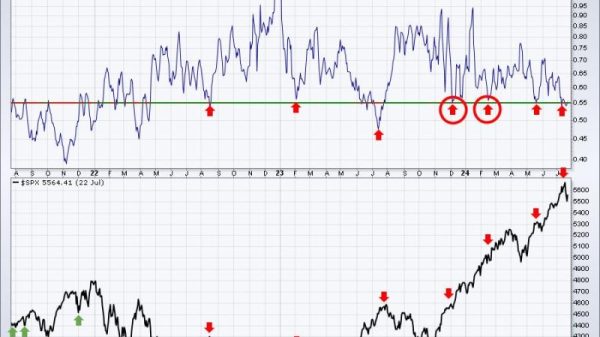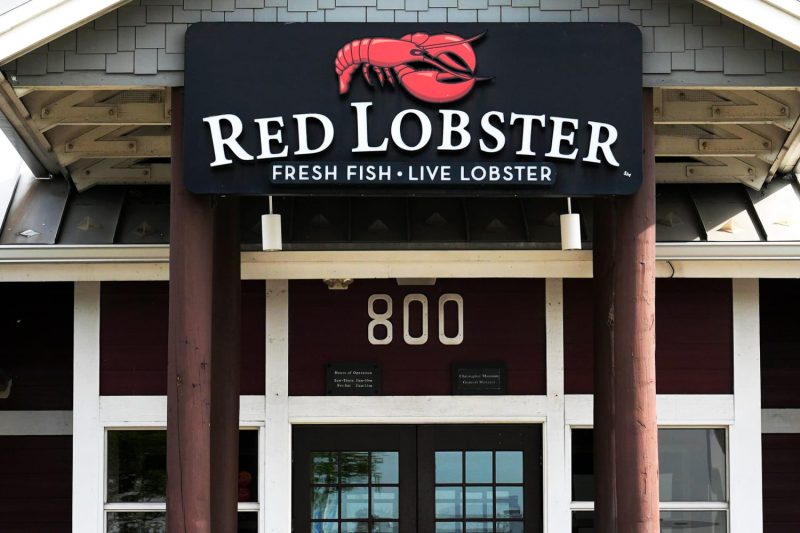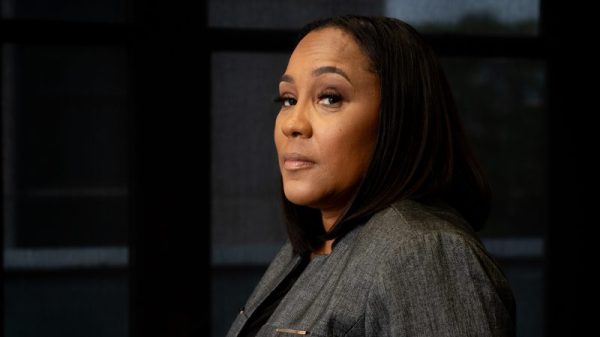In a surprising turn of events, the downfall of Red Lobster, a popular seafood chain, was not directly tied to its endless shrimp promotion, as many may have believed. Instead, a deeper look into the circumstances reveals how private equity played a significant role in the challenges faced by this iconic restaurant brand.
Undergoing a leveraged buyout by private equity firm Golden Gate Capital in 2014, Red Lobster was burdened with a hefty debt load of over $1 billion. This significant financial strain hampered the chain’s ability to invest in crucial areas such as menu innovation, marketing, and technology upgrades. With profits dwindling, Red Lobster struggled to adapt to the changing consumer preferences and the evolving landscape of the restaurant industry.
Furthermore, the decision to divest Red Lobster’s real estate assets, resulting in costly lease agreements, added to the financial woes of the seafood chain. This move not only limited their flexibility in managing costs but also tied their hands when it came to strategic decisions regarding store locations and expansions.
Additionally, the change in consumer behavior and preferences towards healthier dining options and sustainable seafood sourcing posed a challenge for Red Lobster. The chain’s menu, known for its rich and indulgent offerings, failed to resonate with a more health-conscious clientele. The perception of Red Lobster as a dated and unexciting dining destination further hindered its ability to attract a younger demographic.
Moreover, the nature of private equity ownership, focused on maximizing short-term profits and returns, may have clashed with the long-term sustainability and growth goals of Red Lobster. This misalignment of priorities and objectives could have impeded the chain’s ability to make strategic investments and necessary changes to stay competitive in the industry.
As a result, Red Lobster found itself in a precarious position, struggling to retain its relevance and appeal in an increasingly competitive market. The challenges posed by private equity ownership, coupled with changing consumer preferences and market dynamics, ultimately contributed to the decline of this once-beloved seafood chain.
In hindsight, the case of Red Lobster serves as a cautionary tale of the implications of private equity involvement in the restaurant industry. It highlights the importance of aligning financial strategies with long-term business goals, staying attuned to consumer trends, and maintaining agility and innovation in response to evolving market conditions. Ultimately, the fate of Red Lobster underscores the need for a delicate balance between financial considerations and operational excellence in sustaining the success of restaurant brands in a rapidly changing landscape.





























